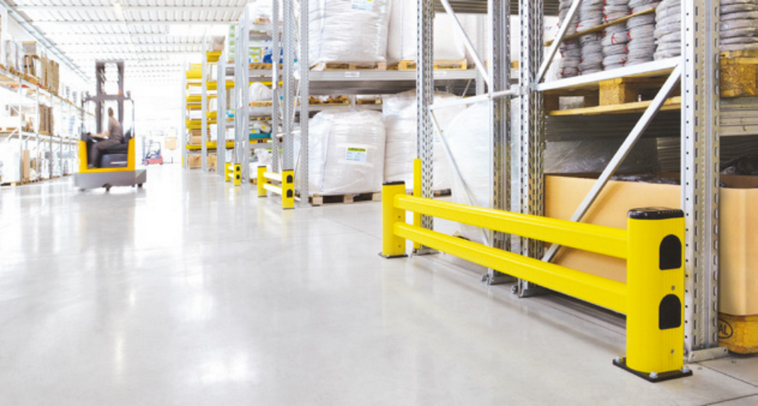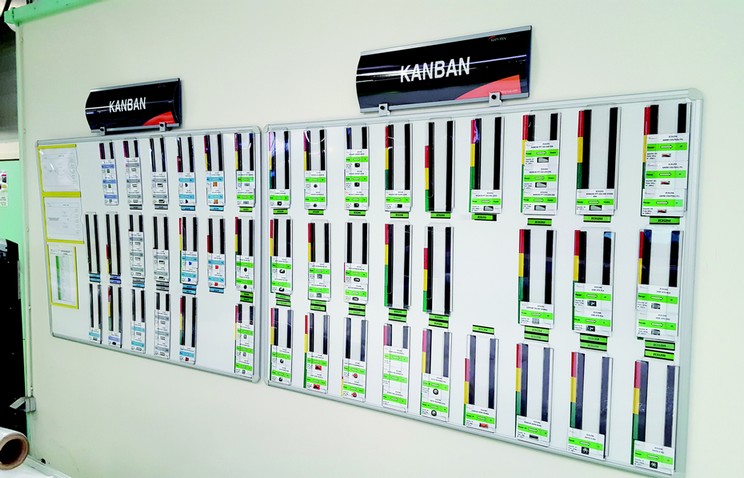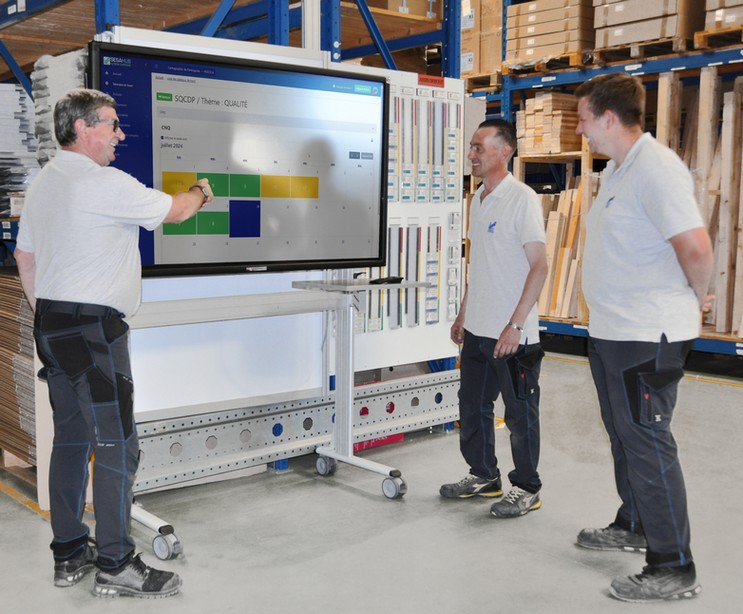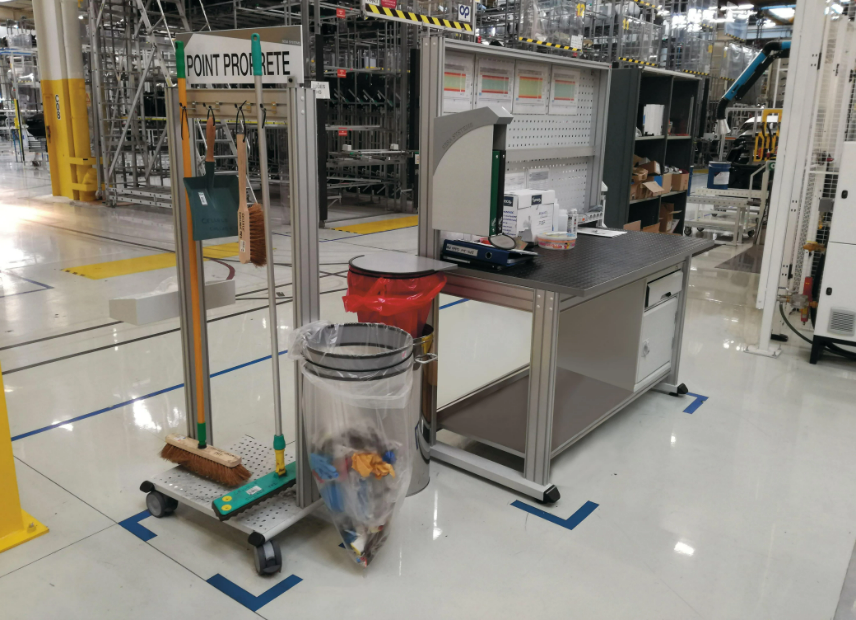Why Use Safety Barriers in Production Workshops?
Using safety barriers in production workshops is crucial for ensuring worker protection and smooth operational flow. For companies committed to employee safety, these devices play a vital role by preventing accidents, delineating work zones, protecting equipment, and enhancing overall workshop efficiency.
Protecting Employees
Firstly, safety barriers are essential to safeguard workers from accident risks. Production workshops are often dynamic environments where various machines, industrial vehicles, and materials are in constant movement. Safety barriers create physical separations between work areas and traffic lanes, reducing the likelihood of collisions and injuries. In cases of technical failures or human error, these barriers act as shields, preventing operators from exposure to immediate dangers.
Defining Work Zones
Secondly, safety barriers clearly mark different zones within the workshop. Good spatial organization is key to smooth production operations. Alongside floor markings, barriers define specific zones for pedestrian pathways, material storage, assembly, packaging, internal transport, and industrial vehicle lanes. This layout not only streamlines workflow management but also prevents logistical errors and production disruptions. Workers know exactly where they should and shouldn’t go, fostering a more orderly and secure work environment.
Protecting Equipment
Moreover, installing safety barriers helps protect costly and sensitive equipment. Industrial machinery, often heavy and complex, represents a significant investment for companies. An accidental collision with a forklift or other vehicle can result in costly damage and prolonged production downtimes. The same applies to dynamic racking systems, which, if damaged, can disrupt production—an outcome no one wants in a manufacturing setting. Safety barriers act as the first line of defense against these incidents, absorbing impact and preserving machine integrity. They also prevent debris or other materials from reaching critical areas, reducing the risk of breakdowns, unplanned maintenance, or product degradation.
Providing a Safe Working Environment
Finally, using safety barriers effectively contributes to optimizing the overall efficiency of a production workshop. By reducing accident risks and maintaining an organized workplace, workers can focus on their tasks without worrying about potential hazards. This peace of mind improves productivity and morale. Additionally, by minimizing interruptions and downtimes related to accidents or incidents, safety barriers support smooth production continuity and better resource utilization.

Key Takeaways…
In conclusion, safety barriers are an essential investment for any production workshop. They play a crucial role in protecting workers, defining work areas, preserving equipment, and optimizing operational efficiency. By incorporating these devices into their infrastructure, companies can not only comply with safety regulations but also create a safer, more productive workplace for all employees.
















